The Scottish Highlands offer some of the most dramatic scenery in the UK. They also offer some of the best and most raw wild camping experiences. You may struggle for inspiration, however, and not know where to start or what to see! Don’t worry – we bring you a guide on wild camping on the North Coast 500 route.
The North Coast 500 route is an epic tourist loop that spans most of the Scottish Highlands. Locations include Inverness, Dunnet Head, Thurso, Ullapool, and Applecross to name a few popular destinations. If you want the ultimate wild camping experience in the Highlands, this is a must-travel route!
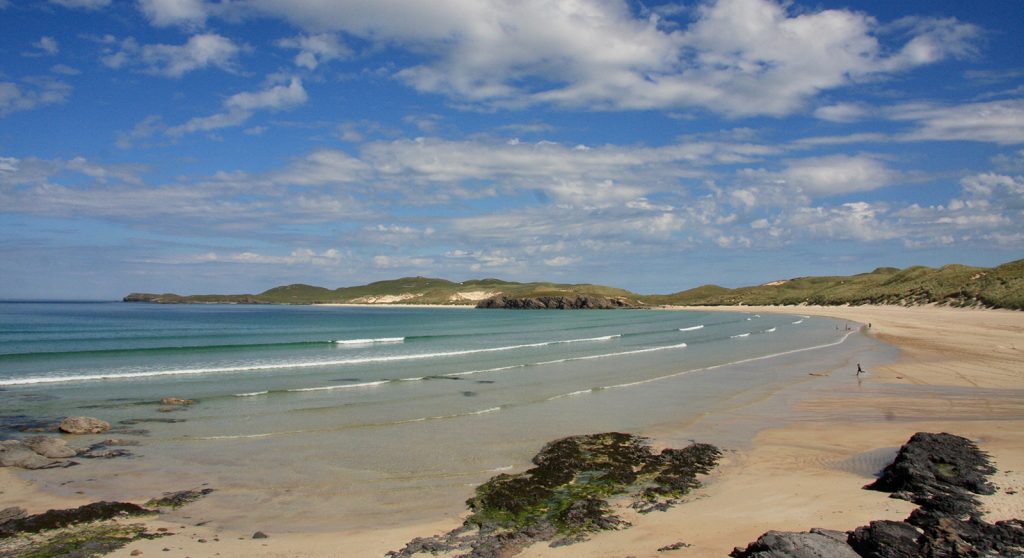
The Traditional Route of the North Coast 500
The North Coast 500 route (also known as NC500) was developed in 2015. It was launched by the North Highland Initiative and their Tourism Project Board. The idea was to boost tourism in the Highlands, and provide a unified tourist loop that people could enjoy
In total, the route spans 516-miles of the Scottish Highland coastline. It’s tradition starting and finishing point is Inverness – particularly Inverness Castle. However, you can start anywhere you like! It passes through the counties of Ross and Cromarty, Sutherland, Caithness, and Inverness-shire.
Primary destinations of the route include:
- Inverness
- Locharron
- Applecross
- Gairloch
- Ullapool
- Lochinver
- Durness
- Thurso
- John o’ Groats
- Wick
- Helmsdale
- Dornoch
- Invergordon
- Dingwall
The scenery and landscapes you will witness along this route are amazing. Wild camping on the North Coast 500 offers rugged coastlines, huge lochs, breathtaking inlets, and some gorgeous beaches too. It also gives you the chance to visit some historic villages and towns in the heart of Scotland.

By Thincat – Own work, CC BY-SA 4.0, https://commons.wikimedia.org/w/index.php?curid=79134229
Popular Sites and Destinations Along the North Coast 500
The North Coast 500 has a plethora of fantastic sites. It can be difficult knowing what to see and what to pack in during your wild camping adventure! To help, we have chosen 5 of the top sites and destinations you can visit:
Inverness Castle
Some type of fortification has stood at the current site of Inverness Castle since the 11th century. In recent history, the current style was designed and built in the 1800s. It is a beautiful castle and has been maintained in a fantastic condition. This is the traditional starting point of the North Coast 500 route, and it is also an interesting site to visit during your stay in Inverness.
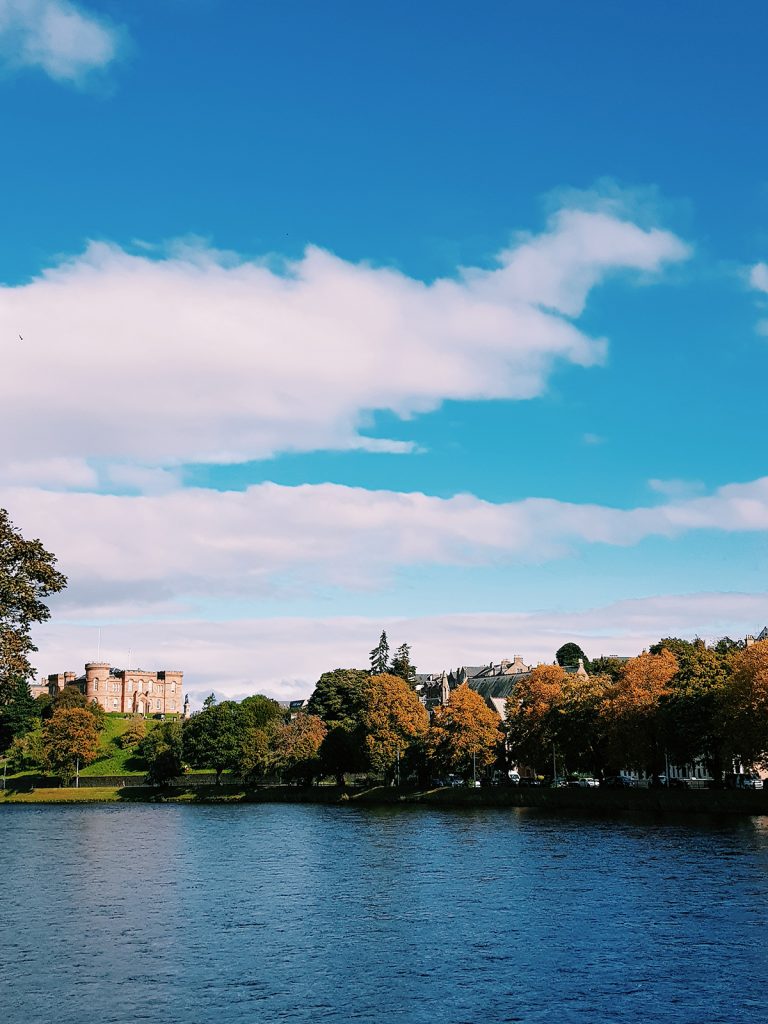
Rogie Falls
As you head from Inverness towards Dingwall, we advise a small detour to Rogie Falls. This is only a short distance from Dingwall and is one of the most beautiful waterfalls in this region. Seeing the churning water is quite a site, but you can also see salmon leaping in the river too!
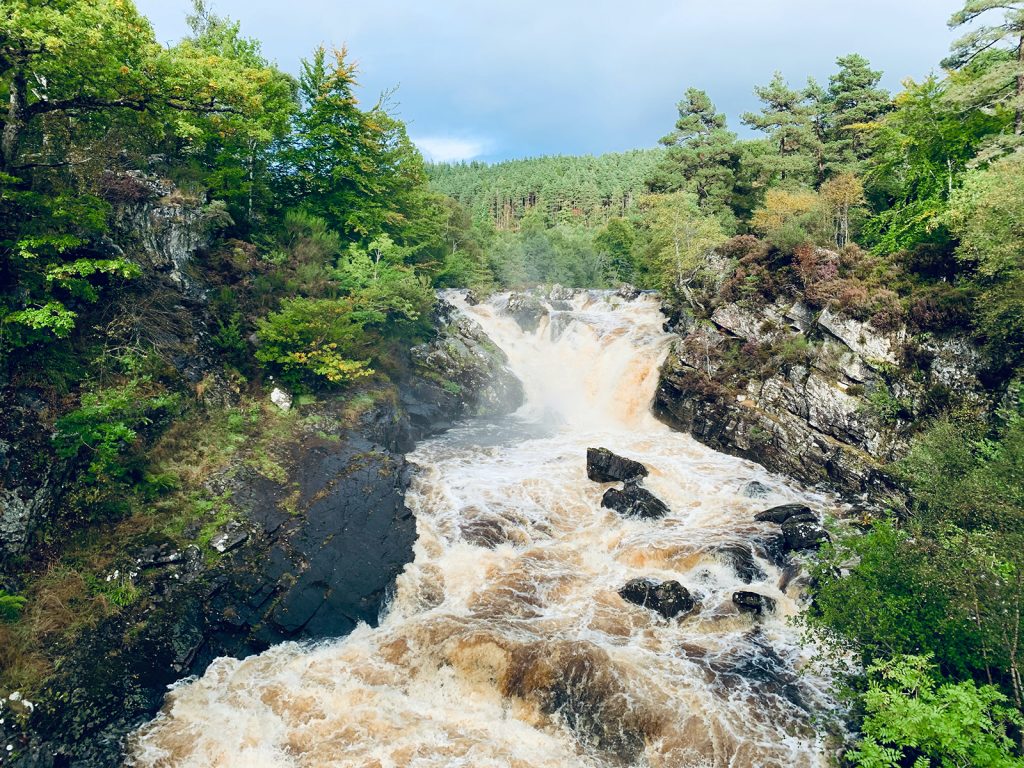
Stac Pollaidh
Between Lochinvar and Ullapool you can catch a glimpse of the imposing Stac Pollaidh. This is a huge mountain that stands out from the surrounding scenery. You can ascend to the summit; however, this is only advisable for experience climbers. Even if you don’t climb it, it’s still worth a visit just to see this amazing landscape.
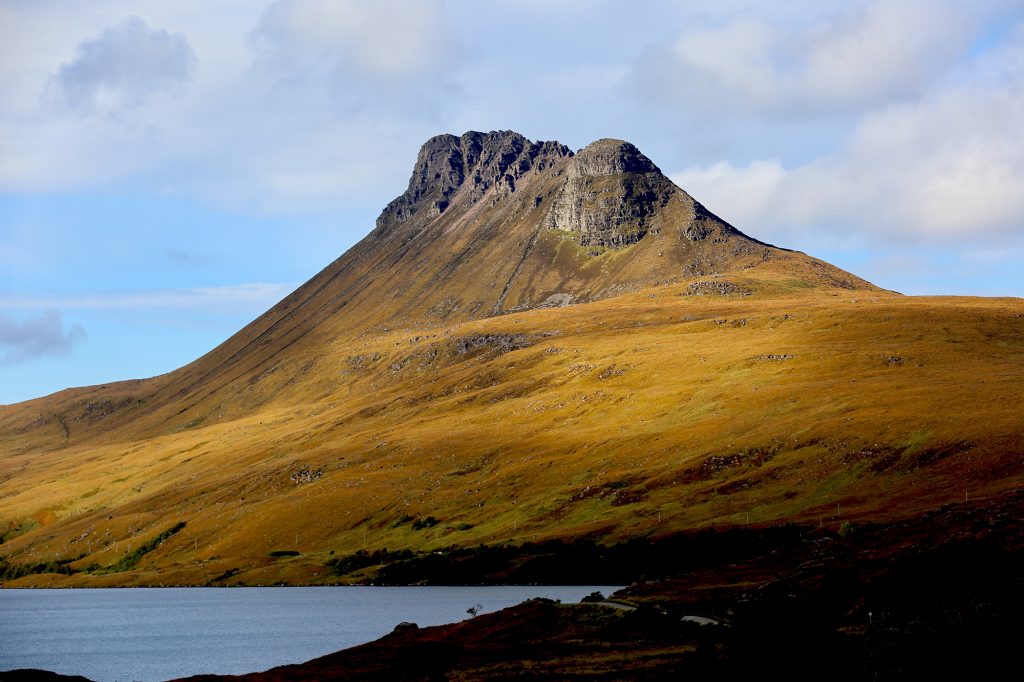
Dunnet Head / John o’ Groats
Luckily, Dunnet Head is a destination along with your wild camping on the North Coast 500 route. As is John o’ Groats. These are two great destinations to visit along the far northern section of this trip. Dunnet Head is the northernmost point on mainland UK, and John o’ Groats is a popular location due to it being one of the furthest villages from Land’s End in Cornwall.
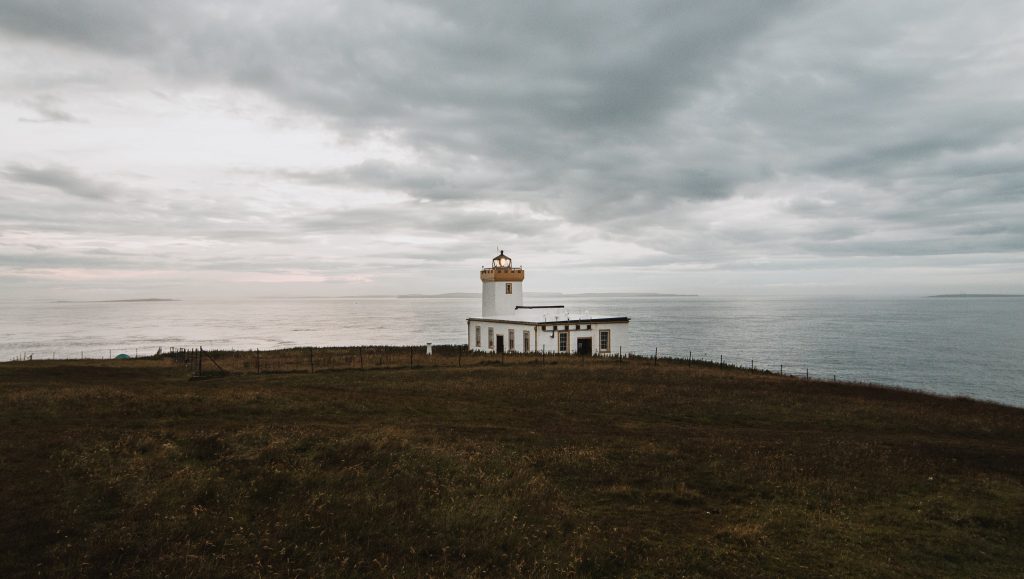
Kylesku Bridge
You can find a range of bridges spanning the coast areas in the Highlands, but none are as impressive as Kylesku Bridge. This awesome curved concrete bridge was built in 1984 and spans Loch a’ Chairn Bhain in Sutherland county. It looks fantastic, and if you have a drone, you could take some epic aerial footage of this architectural marvel.
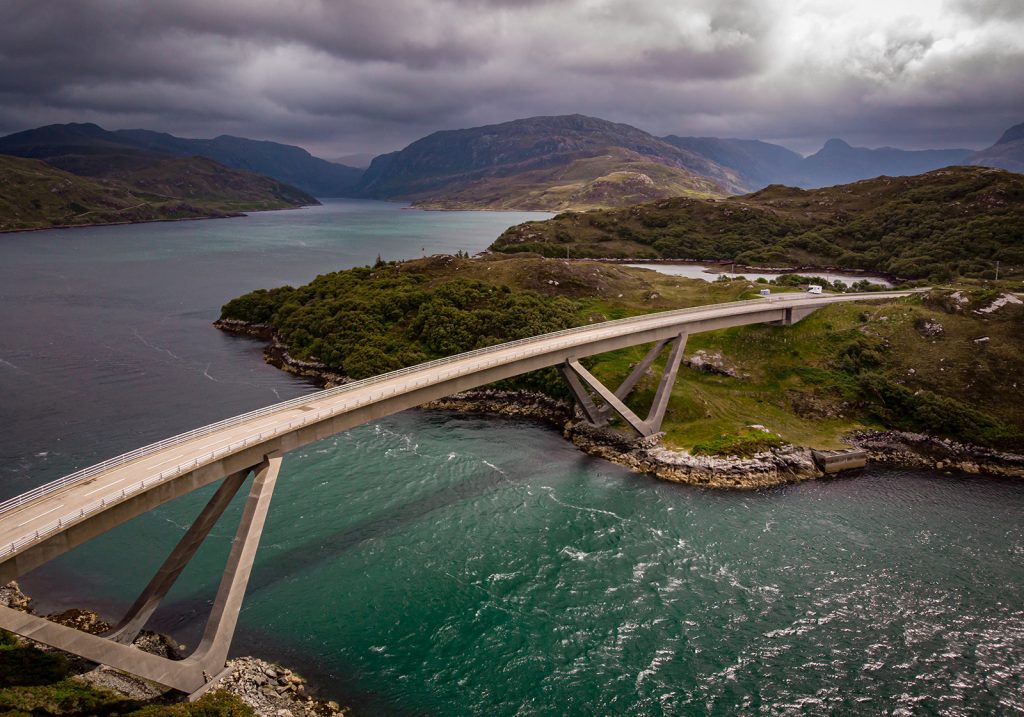
Wild Camping Rules and Etiquette for Scotland
When wild camping on the North Coast 500 route, you must observe the wild camping rules of Scotland. Also, it is important to understand common wild camping etiquette. This is so that you don’t disturb anyone. Also, it is so you do not cause damage to the environment or wildlife.
In terms of legislation, the Land Reform Act of 2003 states that you are allowed to camp on virtually any unenclosed land. However, there is one main exception which is Loch Lomond & The Trossachs. Wild Camping here is only permitted within campsites. Whilst traveling the North Coast 500 route, you therefore have relative free reign. If possible, we do advise still seeking permission from landowners if you are camping in fields etc.
The following general wild camping etiquette also applies:
- Always leave your campsite exactly as you found it.
- Avoid causing any damage to vegetation, and the ground.
- If camping near residential areas, always communicate with residents.
- Try to camp up high, away from residential areas if possible.
- Create your toilet at least 50m from any water source to avoid pollution.
- Do not light an open fire.
- Dispose of all waste in a responsible manner.
This is common sense and if you have camped before, this should be second nature to you! Always consider the environment and any other people in your close proximity.
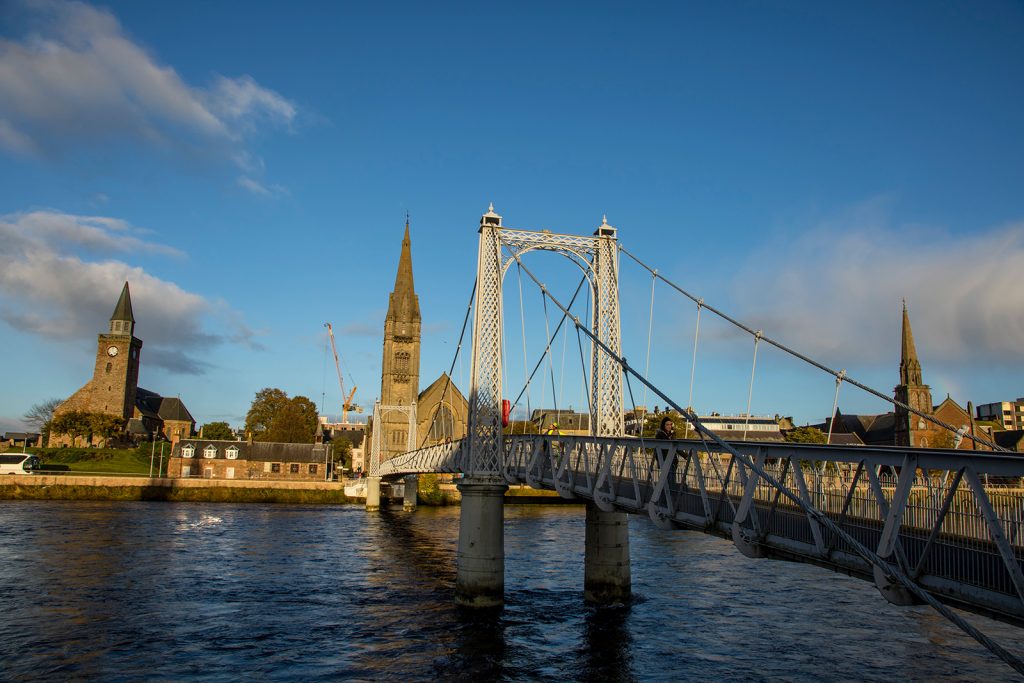
Amazing Locations for Wild Camping Along the North Coast 500
During your North Coast 500 experience, you obviously need places to camp! The beauty of this route is that you can find so many secluded locations – even during the high periods in the summer. If you prefer isolation and to be truly in the wild, this is the perfect route. However, there are also some particular spots that make for a great wild camping experience, we have listed some of them below:
Dornoch Beach
The town of Dornoch is one of the first locations on the North Coast 500 trip. If you head just 5 minutes to the east of the town, you can find the glorious Dornoch Beach. This is a uniquely beautiful spot for wild camping. The sand is golden, and the beach stretches for miles, towards the Dornoch Firth.
During the daytime, the beach is quite popular. However, in the evening and at night, it becomes relatively quiet. As a result, you can enjoy a peaceful wild camping experience on one of the most beautiful beaches in this area.
Strathy Point
Strathy Point lies roughly equidistant between John o’ Groats and Durness. The point stretches out towards the Orkney Islands, and right at the edge you can find the Strathy Point Lighthouse. This is an amazing location to visit in its own right. However, it also makes for a super wild camping spot.
The area is relatively isolated and you can easily find a flat camping spot. Next to the lighthouse, there is a small loch, and the dramatic coastline here is something to behold.
Loch Laxford
Loch Laxford is a coastal loch that sits on the north-western coast of the highlands between Scourie and Durness. It’s a beautiful loch that has many small islands. It also makes for a great wild camping spot. As you drive along the A838 you will pass the loch at Laxford Bay. Here you can find a small hut. Surrounding the hut, there is a small area for parking, and also a great spot for wild camping.
Mellon Udrigle Beach
Further down the coast from Loch Laxford, you can find the small village of Mellon Udrigle. This is a peaceful place and has a beautiful beach too. This makes for a great wild camping location and provides excellent views across to the Summer Isles.
Seasonal Weather Considerations
Your North Coast 500 experience will vary greatly depending on the time of year you visit. Compared to England and Wales, Scotland generally has colder average temperatures and a great amount of annual rainfall. However, the weather is generally pleasant and providing you pack properly, the weather should not cause any issues.
The following are the average temperatures in Scotland for the four seasons:
- Spring – 5-10 degrees (March to May)
- Summer – 15 degrees (June to August)
- Autumn – 5-10 degrees (September to November)
- Winter 0-5 degrees (December to February)
As you can see, it can get pretty chilly during the winter. Also, Scotland is renowned for having a high amount of snowfall, particularly in the highlands! This could make wild camping difficult and dangerous. Summer is certainly the best season for wild camping, but you can expect the popular locations of the North Coast 500 route to also be busier.
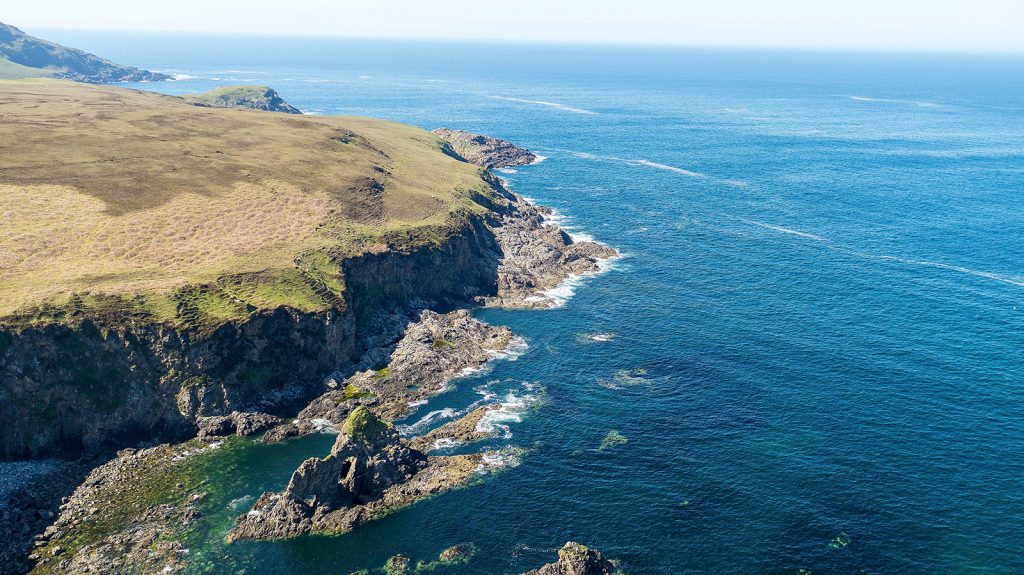
Packing List for Wild Camping on the North Coast 500
So what do you need to pack for your adventure across the North Coast 500 route? In most instances, your standard wild camping gear and accessories will serve you well. You can check out our article on wild camping accessories, and our ultimate wild camping guide for inspiration. However, we have made a list of essential items below too:
- Waterproof Jacket.
- Hiking Boots.
- Trainers for the campsite.
- A warm base layer (leggings, t-shirt, socks).
- Warm and waterproof main layer (trousers, jumper, gloves, hat).
- Tent.
- Sleeping bag.
- Waterproof backpack
- Cooking equipment (Stove, utensils etc.).
- Water bottle.
- Torch.
- Portable charger / solar bank.
One of the most important items for your Scotland trip is a waterproof jacket. Did you know that on average, it rains for 250 days per year in Scotland? That means that if you plan on wild camping for 14 days, you can expect some rain for around 9 days! Waterproof clothing can therefore help keep you dry, but also keep your spirits up too. There is nothing worse than sitting at your campsite in damp clothes!
As the terrain is quite rugged with plenty of hills and mountains, we also advise investing in a quality pair of hoking boots. This will help make those long hiking treks more comfortable. However, when you are resting at your camp, a pair of normal trainers is also a great thing to have. These can give your feet a rest from the tougher hiking boots.
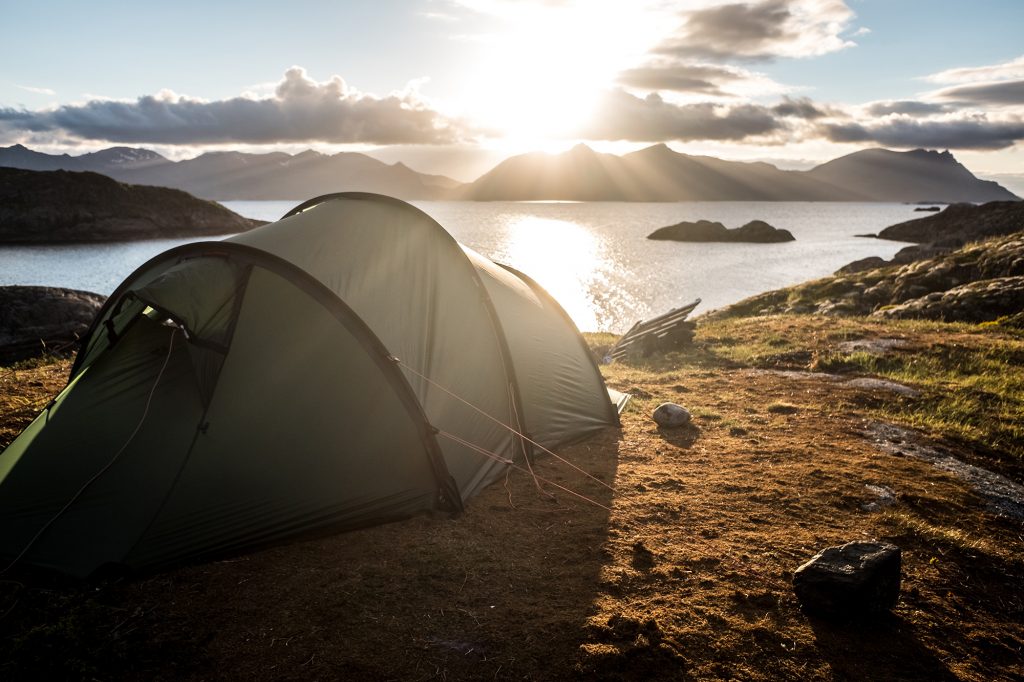
Plan Your North Coast 500 Trip Today!
Wild camping on the North Coast 500 route can be a life-changing experience. This beautiful tourist loop of the Scottish Highlands offers some of the most jaw-dropping and varied scenery in the UK. Also, it allows you to truly immerse yourself in the outdoors and take your wild camping to the next level!

